Ready to Mix Concrete is concrete that has been manufactured using a ready-mix concrete plant and is based on the design mix accepted by the customer/client. Ready to mix Concrete is delivered to the construction site in a ready-to-use state.
Concrete is the most widely used building material in the world. Moreover, concrete is completely inert and has an extremely long lifespan without the need for any extra care. Concrete is a composite material composed of Portland cement, water, and aggregates such as sand, gravel, or crushed stone. Each of these components is often purchased separately. They are combined on construction sites to manufacture concrete in accordance with predetermined ratios.
What is Ready to Mix Concrete
Concrete that has been specially formulated and is delivered to the job site in a ready-to-use state is known as ready-to-mix concrete. It is produced in a batching plant in accordance with the client’s or customer’s quality and design criteria. Transit mixers with capacities ranging from 3 cum to 10 cum and more are typically used to transport concrete. Ready-mix concrete machines, also known as batching plants. They are available in capacities ranging from 10 to 125 cubic metres per hour. Some manufacturers have plants with substantially larger capacities. The 10 cum, 20 cum, 30 cum, and 60 cum capacity are most frequently utilised in the construction sector.
Related Posts from Vincivilworld
Major Consumers of Ready To Mix Concrete
Who are the primary users of Ready-Mix Concrete? Let’s have a little discussion about it.
Construction Firms
Construction companies have their own batching plants set up with the expertise essential for their installation, operation, and maintenance. Depending on the viability in terms of space, quantity, and economy, these batching plants are installed on construction sites. These plants are site-specific, and commercial sale is not permitted.
Ready Mix Concrete (RMC )suppliers
They establish their own facility in a designated area, make the necessary arrangements for raw material storage, and commercially manufacture the products in accordance with customer/client standards.
Methods of Conveying Ready Mix Concrete
- Transit mixed or truck mixed concrete
- Shrink mixed concrete
- Central mixed concrete.
Transit mixed concrete
The materials in transit Mixed Concrete are batched at a central plant and thoroughly dry mixed in the truck while conveying. Water is separated from the cement and aggregates during transit mixing. Just before using the dry mix on the construction site, water is immediately added and instantly blended into it. Partially mixing occurs during transportation in this conveying system, and the remaining mixing must be done shortly prior to casting. Transit mixed concrete can reduce slump loss, segregation, premature hardening, traffic jam delays, pouring delays due to equipment breakdown, and so on. The primary drawback is the reduction in truck loading capacity brought on by the transportation of dry mix. This kind of system cannot carry concrete at full truck capacity.
Shrink mixed concrete
In shrink-mixed concrete, the volume of the mixture is reduced or shrunk at the plant by only partially mixing the concrete, and the remaining mixing is done in transportation or on the job site. The drawback is that concrete that has been remixed tends to set faster than concrete that has been mixed only once.
Central mixed concrete
Before discharging into the truck mixers, the concrete is batched and thoroughly mixed in a stationary mixer at the plant site. This can improve the quality of the concrete and meet increasing production demands.
Ready Mix Concrete Manufacturing process
Ready-mixed concrete is manufactured in a centralised plant having facilities for raw material storage, and a dedicated lab for inspecting the quality of the raw materials and concrete. The manufacturing facility will have a batching plant or a series of batching plants with various capacities.
The raw materials are inspected to guarantee conformity with appropriate Indian standards, ensuring that the end product is of high quality. The raw materials are kept separated and on solid ground. Although the RMC plant has its own design mix, customization can also be accomplished with the help of Mix designs. However, the design mixes are developed in such a way that maximum quality and economy are achieved.
The addition of special admixtures (mineral and chemical) regulates the running time, distance covered, initial settling time, slump, and so on without compromising the concrete strength. Undoubtedly RMC is a completely controlled concrete with excellent work efficiency.
Conveyor belts or bucket elevators will be used to transport the stored raw materials to the mixing drum whereas Cement is stored in silos and conveyed using screw conveyors coupled to batching plants.
Ready to Mix Concrete – Youtube video
The weighing hopper door opens automatically as soon as the combined weight of all ingredients satisfies the design mix’s input specifications. A concrete mixer will be used to mix the ingredients. When the set time of mixing is up, the concrete mixer’s loading door opens and the concrete pours into a transit mixer.
Advantages of Ready Mix Concrete
- RMC facilities can maintain outstanding quality because they use cutting-edge technology in proportioning, mixing, and conveying.
- Ready mix concrete is very simple to transport and place. Concrete placement can start right away with concrete pumps, buckets, or boom placers once the transit mixers for placing concrete arrive at the job site.
- The site will be free from dust, noise, and truck traffic because the production and mixing of the concrete will take place elsewhere.
- Construction speed can be enhanced and thereby schedule delays can be avoided to some extent by adopting RMC.
- The concrete produced from RMC plants can be customised as per the client/ customer requirements.
- When the site does not have enough room for stockpiling raw materials and locating a batching plant with its raw material bins, RMC plants come in handy. RMC plants may supply any quantity of concrete, from modest residences to large construction sites.
- Onsite wastage of raw materials and concrete can be eliminated by using Ready mix concrete.
- The manpower required for the manufacturing of concrete, as well as the operation and maintenance of the batching plant and its associated machinery, can be eliminated.
Disadvantages of Ready Mix Concrete
- Requires huge investment to set up an RMC plant.
- The Labour force shall be ready to place the concrete as and when it comes.
- Unforeseen delays and traffic jam leads to concrete rejection.
- A very efficient and effective transporting system has to be maintained.
- Quality has to be checked at the site as per relevant standards on fresh concrete and also on hardened specimens.
- Very effective quality system to be maintained for adjusting the setting time and slump according to the time of transit.
- For residential construction, the customer may not get a better idea of the quality of concrete due to lack of site testing facilities.
- There are problems due to discrepancies in quantities.

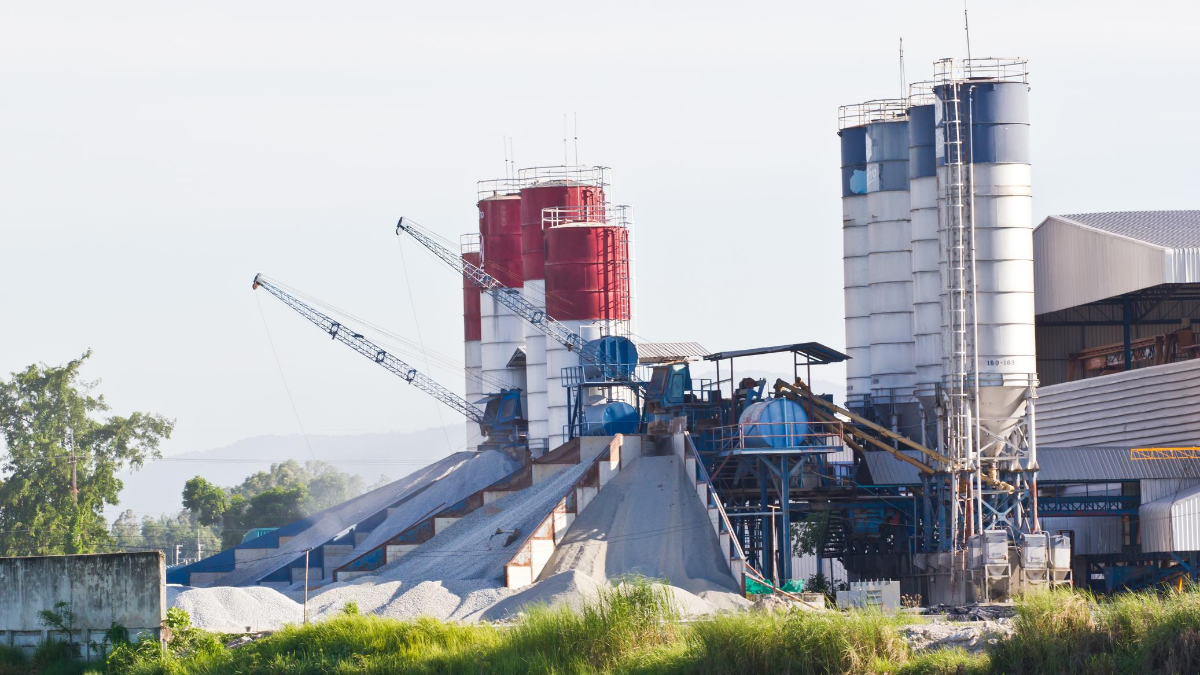
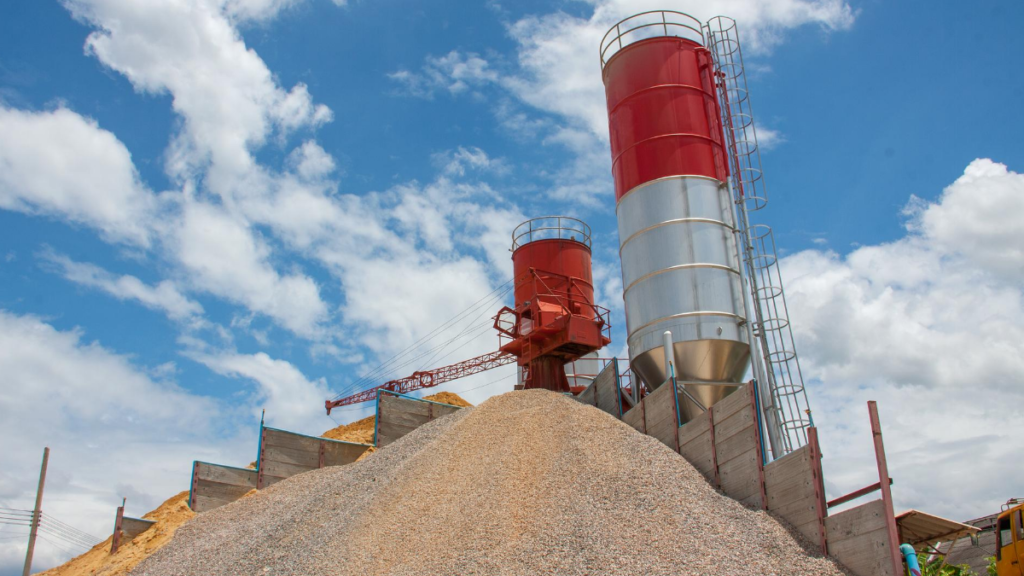
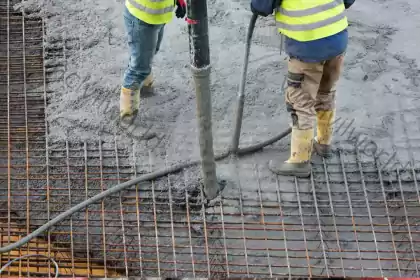
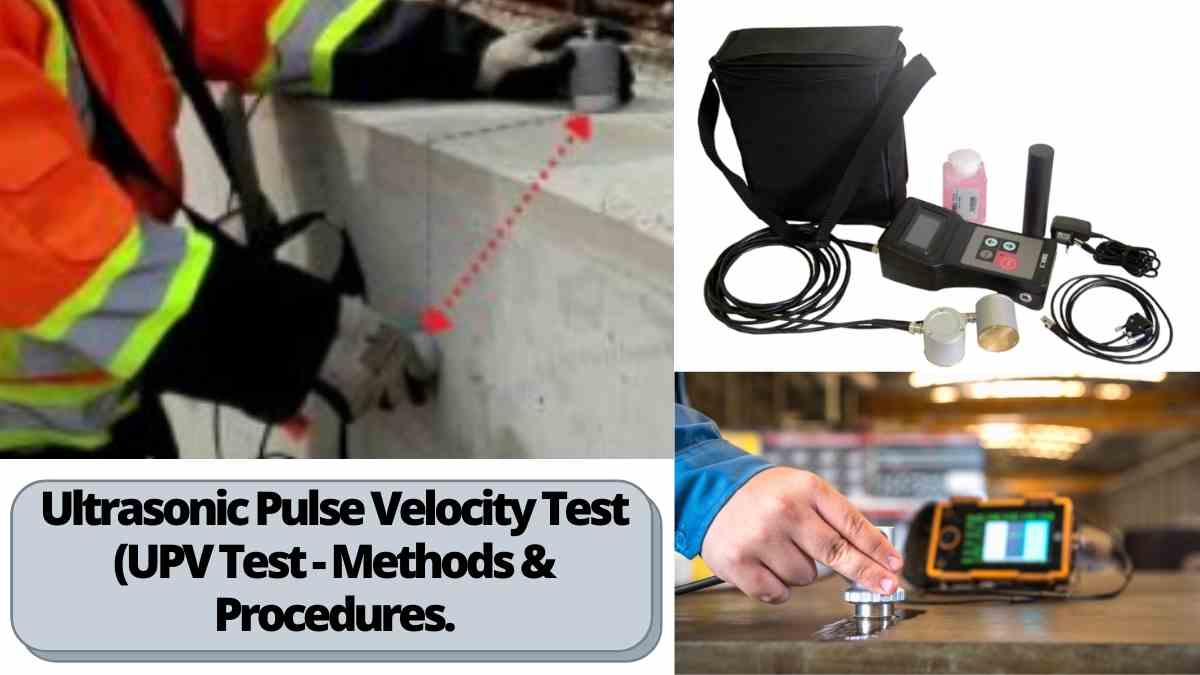
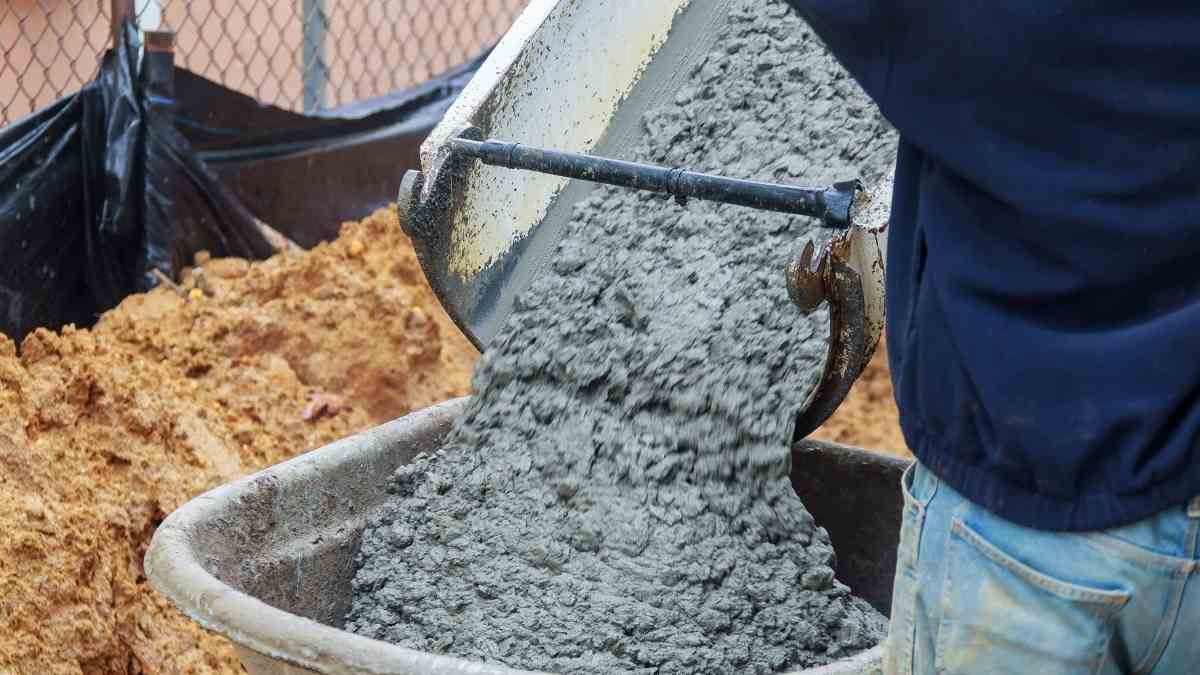
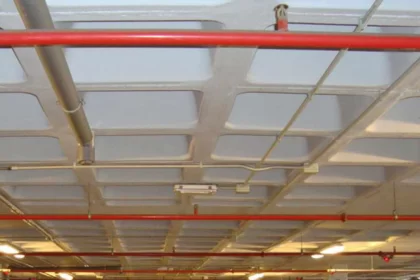

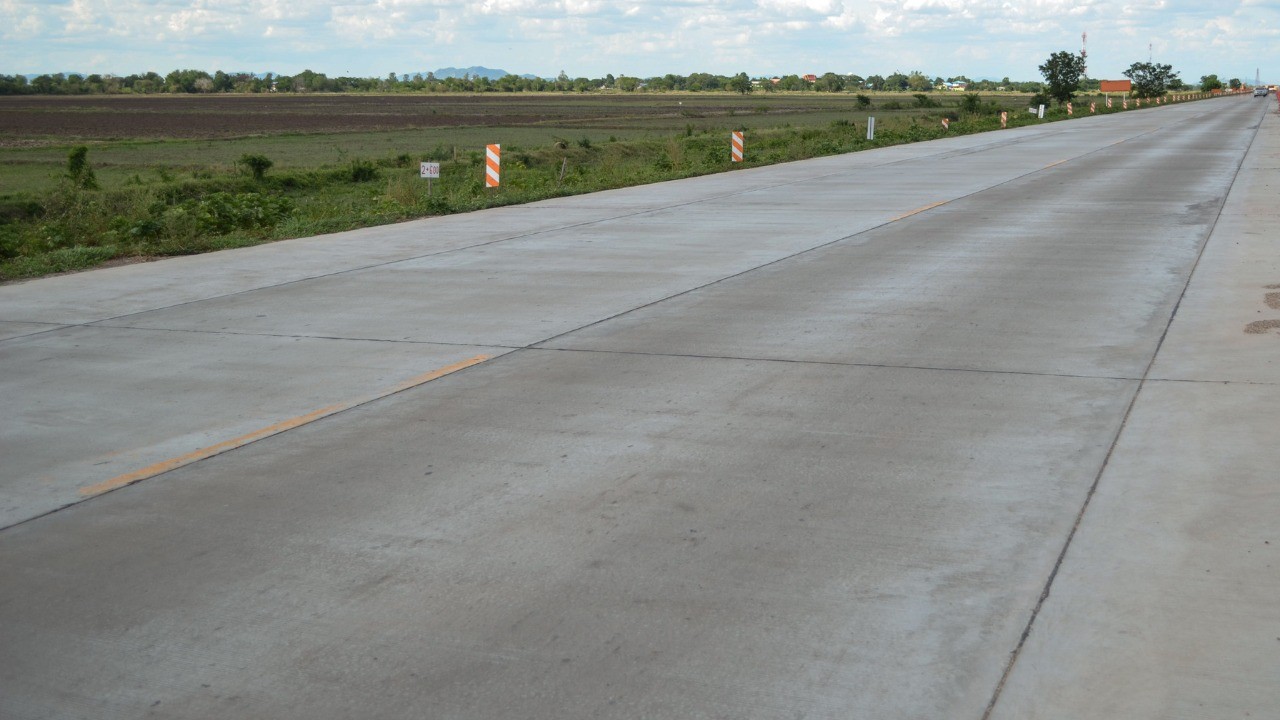
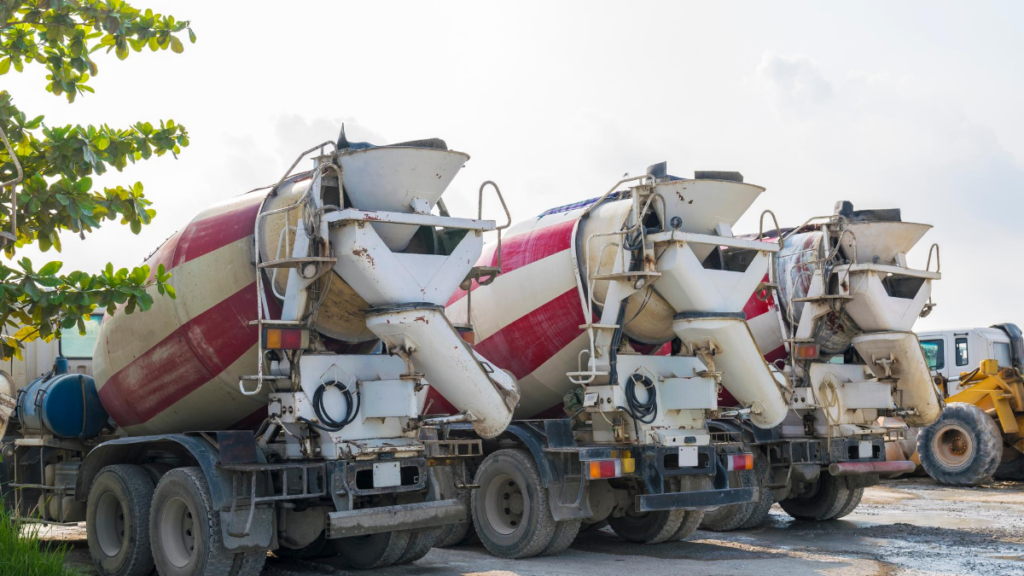

5 comments
Comments are closed.